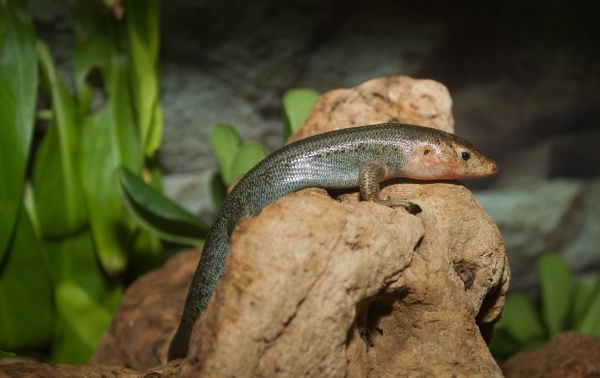Facts About Bermuda rock skink
The Bermuda skink, also known as the rock lizard, is a critically endangered species and holds the unique distinction of being the only land-dwelling vertebrate native to Bermuda. These small reptiles grow to about 8 cm in length when fully mature. They exhibit dark brown or black backs and pinkish or light gray bellies. Juveniles are characterized by black stripes, adult males possess larger heads, and hatchlings display striking bright blue tails.
Preferring rocky coastal areas, these skinks feed on small invertebrates such as cockroaches and woodlice. They are more active during the summer months, but due to Bermuda's consistently warm climate, they do not hibernate. These skinks are found exclusively in Bermuda, particularly on smaller islands and within nature reserves, though their populations are quite fragmented.
The Bermuda skink faces significant threats from habitat destruction, introduced predators like cats and rats, and human litter, which can trap and injure them. They are listed as critically endangered on the IUCN Red List and are protected under the Bermuda Protected Species Act. Conservation efforts, including captive breeding programs such as the one at Chester Zoo, are in place to help increase their numbers and ensure their survival.
